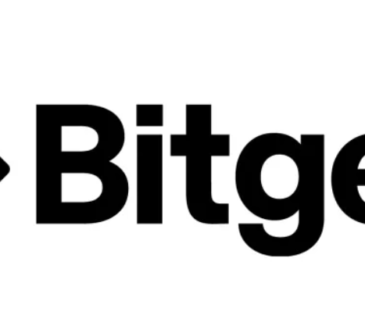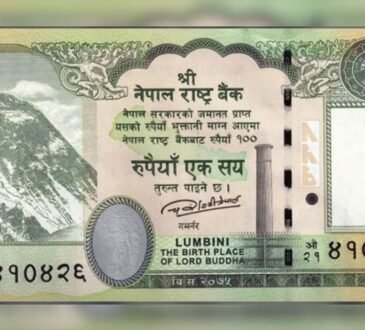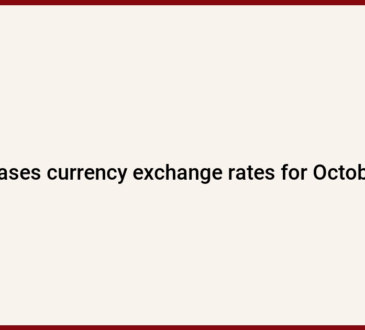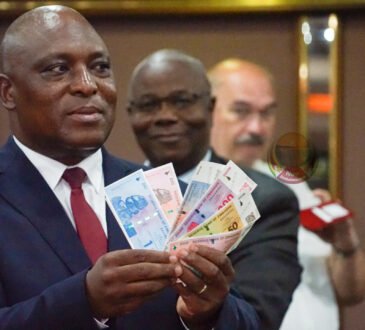Japan likely spent around 2 trillion yen ($13 billion) to shore up the yen against the U.S. dollar last Friday, reinforcing market speculation that authorities intervened in the currency market for a second day, according to market sources and central bank data released Tuesday.
The government has remained silent on whether it stepped into the market, leaving financial markets guessing. But the data suggested that Japan may have spent over 5 trillion yen in the latest cycle of interventions, helping lift the Japanese currency from a 37-year low near the 162 line.
The estimated size of an intervention is calculated by looking at the difference between market estimates of changes in the Bank of Japan’s current account balance and data released by the central bank.
The BOJ announced an expected decrease in funds of 2.74 trillion yen, much larger than the 600 billion yen drop projected by market participants.
On Friday in New York, the dollar tumbled over 1 yen in a short period to the lower 157 yen level, a three-week low, fueling talk of intervention. Japan’s top currency diplomat Masato Kanda, however, declined to comment shortly after the movement.
The BOJ carries out actual market interventions for the Finance Ministry. Official data showing whether Japan did intervene will be released at the end of July.
The dollar traded in the 158 yen zone on Tuesday in Tokyo amid market vigilance over potential official yen-buying.
Japan has underscored the need for yen moves to be stable, reflecting economic fundamentals, saying that it will respond to excessive fluctuations.
Market players were apparently caught off guard last week after the dollar abruptly tumbled over 4 yen on Thursday in New York, after U.S. data showed inflation had continued to slow, boosting the likelihood of a rate cut by the Federal Reserve in September.
The wide interest rate gap between Japan and the United States has been a major factor in the yen’s weakening. The BOJ’s policy rate is still around zero percent even after its first rate hike in 17 years in March, compared with the 5.25-5.50 percent range set by the Fed.
Until last Thursday, Japanese authorities had sat on the sidelines, even as they issued verbal warnings that they were ready to respond as appropriate to forex volatility.
They may have been seeking the best timing to wade into the market and chose Thursday, when the yen looked poised to rebound against the dollar due to growing expectations of a rate cut, according to currency market analysts.
==Kyodo
Related coverage:
Optimism swept BOJ as inflation goal looked nearer, yen weak in 2014
Japan likely spent some 3 trillion yen on intervention as yen jumps
Japan keeps mum on forex intervention as yen jumps





